Range 6,635 km Length 24 m Weight 16,580 kg | Top speed 936 km/h Wingspan 21 m Cruise speed 778 km/h | |
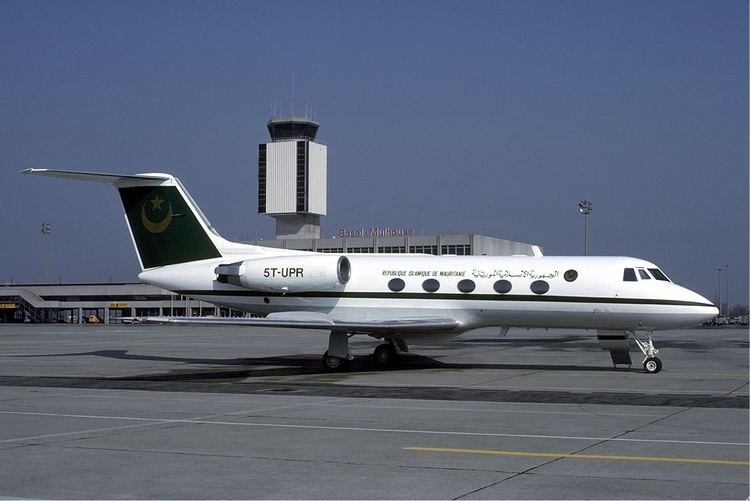 | ||
Grumman gulfstream ii walkaround exterior tour
The Gulfstream II (G-II) is an American twin engine business jet designed and built by Grumman and then in succession, Grumman American and finally Gulfstream American. Its Grumman model number is G-1159 and its US military designation is C-11 Gulfstream II. It has been succeeded by the Gulfstream III. The first Gulfstream II flew on October 2, 1966.
Contents
- Grumman gulfstream ii walkaround exterior tour
- Design
- Variants
- Special mission variants
- Military operators
- Civil Operators
- Accidents and incidents
- Aircraft on display
- Specifications
- References

Design
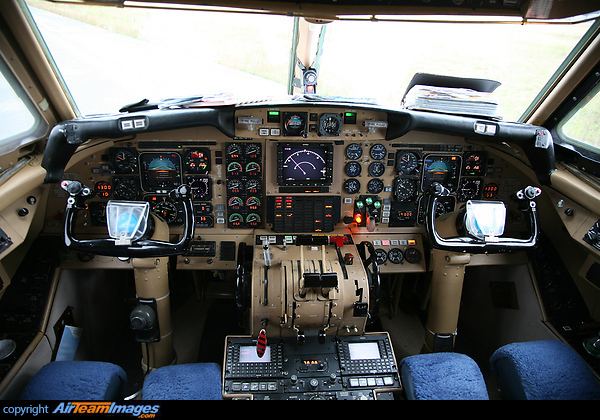
The Gulfstream II is a twin-jet swept wing corporate transport powered by two Rolls-Royce Spey turbofan engines and designed to provide high speed and long range capability without sacrificing the airport performance, reliability, and other operational advantages of its predecessor, the turboprop Gulfstream I. Preliminary design of the wing was influenced by both cruise and low speed considerations. The aft-mounted engine location was selected after extensive analysis and design iterations considering aerodynamic, structural, and ground clearance requirements. Airfoil geometry was developed to maximum sweep benefit from the selected planform. The interference problem at the wing-body juncture was treated by modification of the airfoil shape and thickness over the inner third of the wing span. The basic airfoils for the main area of the wing are similar to those of the Grumman A-6 Intruder aircraft and utilize NACA 6-series thickness distributions combined with an in-house mean line. A buffet boundary commensurate with the M=.85 speed capability was attained by incorporating a row of co-rotating vortex generators on the outer wing panel. In developing the wing contours, attention was paid to the aircraft's low speed requirements by tailoring the leading edge radius to preclude leading edge separation. The high lift configuration, consists of a one piece, single-slotted Fowler flap of 30% chord. Stall initiation on the basic wing was found to occur at midspan but spread rapidly to the tip, particularly at large flap deflections. The addition of an upper surface fence at about midspan provided a strong pitch down at the stall, without sacrificing maximum lift, and also afforded an adequate margin between initial and tip stall.
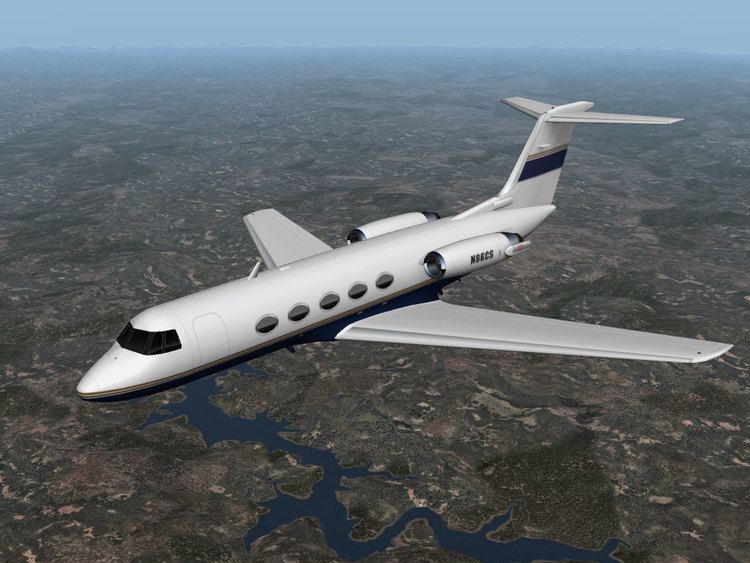
The high angle of attack investigations on the Gulfstream II indicated that stable trim conditions existed up to 45 degrees angle of attack. The elevator deflection required to trim to the primary stall at most forward center of gravity was sufficient to trim a deep stall at the aft center of gravity, but recovery from deep stall was immediate upon forward stick motion, and more than adequate nose-down elevator control was available. The acceptability of the Gulfstream II high angle of attack characteristics and the absence of a deep stall influence on configuration sizing and arrangement was attributed to the mitigating influence of the nacelle-wing overlap on nacelle contribution. Configuration buildup studies revealed the adverse nacelle influence on tail pitching moment contribution above 30 degrees angle of attack was not unduly severe and no appreciable effect on elevator or stabilizer effectiveness was found.
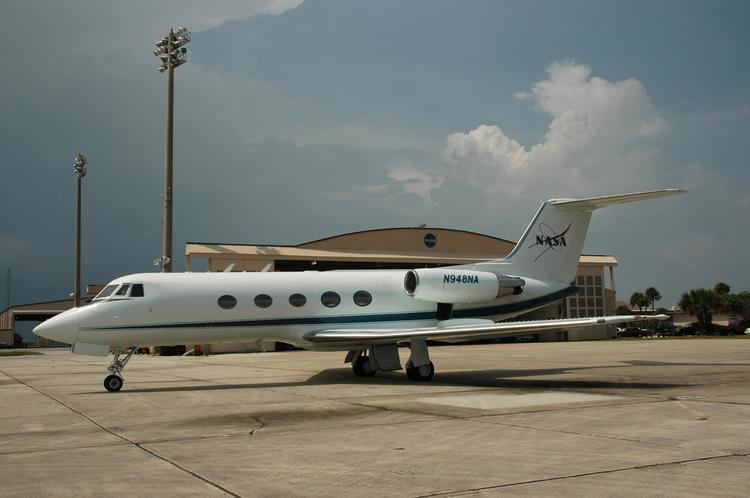
It was found in flight testing that the stall characteristics were satisfactory but did not preclude stall penetrations to the point of secondary stall pitchup. Rather than pursue a lengthy flight test research effort, and in view of the excellent primary stall behavior, it was decided to mechanically limit the extent of stall penetration with a stick shaker and stick pusher.
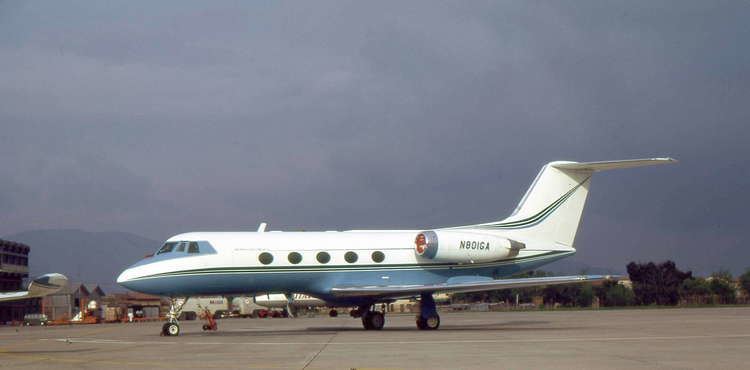
During installation of the Aviation Partners Inc. winglets (as the G-IISP), the vortex generators and midspan fence were removed and replaced with six leading edge vortilons similar to those found on the Gulfstream IV.
In 2013, the FAA modified 14 CFR part 91 rules to prohibit the operation of jets weighing 75,000 pounds or less that are not stage 3 noise compliant after December 31, 2015. The Gulfstream II is listed explicitly in Federal Register 78 FR 39576. Any Gulfstream II's that have not been modified by installing Stage 3 noise compliant engines or have not had "hushkits" installed for non-compliant engines will not be permitted to fly in the contiguous 48 states after December 31, 2015. 14 CFR §91.883 Special flight authorizations for jet airplanes weighing 75,000 pounds or less - lists special flight authorizations that may be granted for operation after December 31, 2015.
Variants
Special mission variants
Gulfstream IIs have been popular as special mission aircraft, particularly when used aircraft became available for less than $1 million.
A modified version of the G-II, called the Shuttle Training Aircraft (STA), mimics the cockpit configuration and flight characteristics of the Space Shuttle and is used by NASA as a training airplane for practice shuttle approaches (referred to as "dives"). Four G-IIs were used for this purpose N944NA, cn 144; N945NA, cn 118; N946NA, cn 146 and N947NA, cn 147.
NASA contracted Lockheed-Georgia to modify one G-II as the Propfan Test Assessment aircraft (N650PF, cn 118). The aircraft had a nacelle added to the left wing, containing an 6000 hp Allison 570 turboprop engine (derived from the XT701 turboshaft developed for the Boeing Vertol XCH-62 program), powering a 9-foot diameter Hamilton Standard SR-7 propfan. The aircraft, so configured, first flew in March 1987. After an extensive test program, the modifications were removed from the aircraft and the aircraft became a Shuttle Training Aircraft (STA).
One G-II (N82CR, cn 80)was modified for use by Northrop Grumman as a demonstrator for the Broad Area Maritime Surveillance (BAMS) contract.
One G-IIB (N74A, cn 36) was modified by Aeromet of Tulsa, Oklahoma for use as the HALO I aircraft for the US Missile Defense Agency.
A second G-IIB (N178B, cn 125) was modified by the addition of a large dorsal fairing housing a telescope by Aeromet as the HALO II aircraft for the Missile Defense Agency.
A G-IISP (N950NA, cn 185) was modified by the addition of a wing tip pod and a ventral radome as the HALO III aircraft for the Missile Defense Agency. This aircraft serves as a target for the Boeing YAL-1 Airborne Laser Testbed.
Another G-IIB (N779LC, cn 88) has been modified with the same large dorsal fairing as N178B, as the HALO IV aircraft for the Missile Defense Agency.
A G-II (N10123, cn 107) had tip tanks added containing ground mapping radar, along with fairings on the wing undersurface and a centerline pod. This aircraft operated as the Calgis Geosar and is now owned by Earthdata Aviation.
A G-II (N105TB, cn 31) had underwing pylons and various fuselage appendages added to enable it to operate as a sensor testbed for MIT Lincoln Labs.
A G-II TT (N81RR, cn 246) is being modified for NASA, by the addition of fuselage appendages and underwing pylons, to serve as the High Ice Water Content (HIWC) sampling aircraft.
A G-II (JA8431, cn 141) is operated by Diamond Air Service in various configurations to support missions involving environmental measurements. In one configuration, it can carry two 3D X/L band PI SAR (Parametric Interpherometric Synthetic Aperture Radar) pods under the forward fuselage.
A G-IISP (N510AG, cn 159) is operated by the Orion Air Group in support Northrop Grumman’s development of the multi-role, tactical-command data link (MR-TCDL). The aircraft was modified with 19-inch and nine-inch, satcom dish-antennas, as well as additional radomes on the top and bottom.
A G-III (N186PA, cn 317) has been modified by the addition of a Raytheon SeaVueTM coastal and sea surveillance radar in a belly radome and is operated by the Phoenix Air Group in support of Raytheon Ktech. The aircraft provides airborne maritime range surveillance for the Missile Defense Agency (MDA) and other Department of Defense range facilities.
Military operators
Civil Operators
The aircraft is operated by private individuals, companies, non-government organizations and executive charter operators. A number of companies also use the aircraft as part of fractional ownership programs.
Accidents and incidents
Aircraft on display
Specifications
Data from Jane's Aircraft Upgrades 2008-2009, 2008, Jane's Information Group Limited, Page 420-421
General characteristics
Performance
